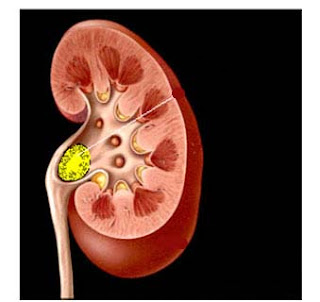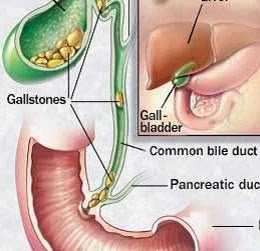
In addition to a full medical history, your doctor or urologist will begin the diagnostic process with a simple physical examination, (of the abdominal area – looking for the soreness that may indicate a kidney stone’s presence) and then move on to medical imaging techniques (intravenous pyelogram, ultrasound, X-rays, computed tomography) to determine the location and nature of the kidney stone and rule out other possible causes of your symptoms.
Your doctor or urologist will also assess your general kidney function and evaluate the concentration of certain electrolytes and dissolved substances in your blood. A thorough urinalysis may also be performed.
Imaging tests will also help determine whether or not the stone is obstructing your urinary tract. Blood and Urine tests will help establish the substance (struvite, calcium, cystine or uric acid) that the stone has developed from so that an appropriate treatment can be delivered and appropriate preventive measures (change of diet, medication, etc.) taken. If this is your first stone, your physician may delay a detailed diagnostic evaluation until the stone grows in size. If it isn’t the first time you’ve developed a stone, urine and blood tests may be used to determine whether or not the recurrence is the result of a metabolic anomaly.
Source: parkaveurology.com
Your doctor or urologist will also assess your general kidney function and evaluate the concentration of certain electrolytes and dissolved substances in your blood. A thorough urinalysis may also be performed.
Imaging tests will also help determine whether or not the stone is obstructing your urinary tract. Blood and Urine tests will help establish the substance (struvite, calcium, cystine or uric acid) that the stone has developed from so that an appropriate treatment can be delivered and appropriate preventive measures (change of diet, medication, etc.) taken. If this is your first stone, your physician may delay a detailed diagnostic evaluation until the stone grows in size. If it isn’t the first time you’ve developed a stone, urine and blood tests may be used to determine whether or not the recurrence is the result of a metabolic anomaly.
Source: parkaveurology.com









